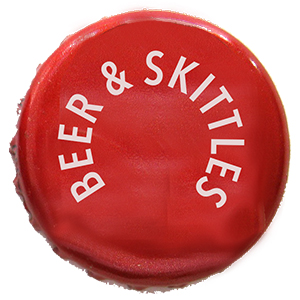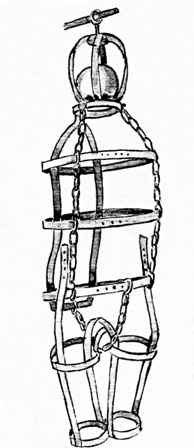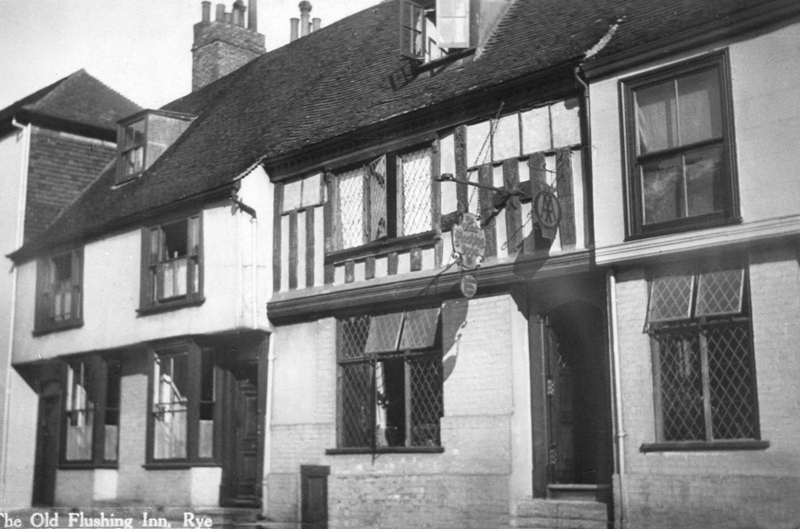In 1729, Rye butcher John Breads became owner of the Flushing Inn, Market Street and opened a slaughter house in the rear yard. In 1739, he let the house to John Igglesden who opened it under licence, and named it after the Dutch town of Flushing (Vlissingen to the Dutch).
Four years later in 1743 John Breads became the assassin in Rye’s most famous murder case, when he mistakenly stabbed ex-mayor Allen Grebbell to death in Rye churchyard, thinking he was the mayor, James Lamb. The most common versions of this story relate that Breads had fallen out with Lamb, who had previously fined him for selling meat under weight.
On a dark night in March 1743, Allen Grebbell was returning home from the Fish Market. He was wearing a red cloak borrowed from the mayor, as it looked like rain. He made his way through Rye churchyard where Breads lay in wait, and at a certain spot Breads leaped out from behind a gravestone and stabbed him twice in the back. Because of the mayor’s red cloak, he had mistaken Grebbell for Lamb and had murdered the wrong man.
A few hours into the early morning Breads was apprehended in the town as he staggered around drunk shouting “butchers should kill lambs”, and was arrested. The bloodstained, bone handled knife used on his victim was later retrieved from the churchyard.

After his arrest, Breads was tried in a warehouse on the Strand by the very person, James Lamb, he had intended to kill. After being found guilty, he was incarcerated in the Ypres Castle tower, then in use as the town gaol, and was to remain there for many months. On his way from the gaol to the gibbet he was taken into the Flushing Inn, which he still owned, “for a last drink” before being hung on Gibbet Marsh.
His body remained on the marsh for 50 years withering away. This gruesome legend relates that old women removed parts of his flesh as a cure for rheumatism! The skull of John Breads is all that remains.
John Igglesden remained licensee of the Flushing Inn until 1750. He was succeeded by William Marchant who failed to make a success of the inn, and gave it up in 1752. He was apparently unable to pay his rates, and the collector wrote “broke” against his name.
By 1756 Joseph and Richard Breads, the two surviving sons and, under the law of Kentish Gavelkind, the heirs of John Breads, became of age and inherited the Flushing Inn which, with the slaughter house in the yard, they immediately sold off. One of the sons, Richard, later became landlord of the Queen’s Head in Landgate.
The Pubs of Rye, 1750-1950 by David Russell is available from The Rye Bookshop, 25 High Street, the Heritage Centre, Strand Quay; Adams, 9 High Street; The Queen Adelaide, 23 Ferry Road; or online Other books by David Russell are The Pubs of Hastings & St Leonards, The Swan, Hastings and Register of Licensees for Hastings & St Leonards.
Images: David Russell



